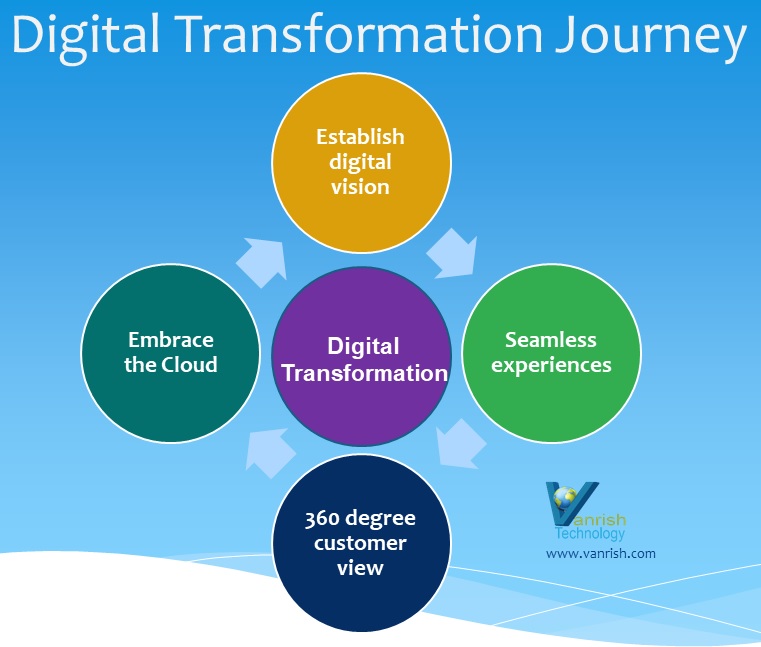When I started my career, there was Y2K issue going on. Every company was trying to convert their data to be compatible with upcoming Y2K. In that era, all companies without any 2nd thought were allocating their budgets in these projects. They wanted to make their systems compatible to Y2K as soon as possible.
Currently companies are going through same situation. This time it is Digital transformation. All industries want to enable digital transformation to expand their business. Digital transformation is touching every company in every industry. But CEOs and CTOs have big challenge to enable data for business and drive their company towards digital transformation.
Suppose you are in supply chain industries and your data is sitting in some legacy system. So in this case there is no use of data. Business will not be able to run any analytic on this data so that business can identify customer behavior or new business opportunity. It will not be able to add any business value with this data. Company can go out of business due to this lack of vision and data transformation. In this fast pace world, keeping relevant to your customer it is very necessary to your business to move your data fast and enable new business opportunity.
Here are few challenges CTO’s/Architect are facing to enable their data transformation and delivering innovation.
- All systems are not delivering seamless experience within organization. Every department is working independently.
- There is Lack of support for 360 degree view of customer or an agent from the various touch points of business.
- Duplicate data between systems and lack of data transparency.
- Growing need of security and compliances are not implemented with growing business.
Here are some of steps to achieve your company’s digital transformation vision.

1. Establish digital vision – If you are leading your company towards digital transformation, it is very necessary that you have very clear vision and strategy around your business requirement. Give training to all stakeholder to embrace new changes due to digital transformation. Engage business leadership in developing a business capability roadmap.
2. Seamless experiences – Establish seamless experience via user experience design, mobile, agent, customer and service center. Interface need to be fast and provide self service capability. Enable single source of information available system-wide through the API-based integration layer.
3. 360 degree customer view – Setup some process to get a complete view of customers by aggregating data from the various touch points that a customer may use to contact a company to purchase products and receive service and support. Data assets are buried in the data center. APIs bring these data in front of the people who need it to drive new products and new digital services for customers and provide 360 degree view of this data.
4. Embrace the Cloud – Cloud is providing a platform to accelerate company digital transformation journey.Companies are innovating very fast in cloud. They are taking advantage of lower coast and fast deliverable of cloud without worry about IT infrastructure. They are moving data and enable data for artificial Intelligence and analytics through less roll out time of cloud.
Conclusion – Better digital transformation strategy brings better workspace and increase in stakeholder involvement. It increase productivity and bring more innovation for your business.
Rajnish Kumar is CTO of Vanrish Technology with Over 25 years experience in different industries and technology. He is very passionate about innovation and latest technology like APIs, IOT (Internet Of Things), Artificial Intelligence (AI) ecosystem and Cybersecurity. He present his idea in different platforms and help customer to their digital transformation journey.

